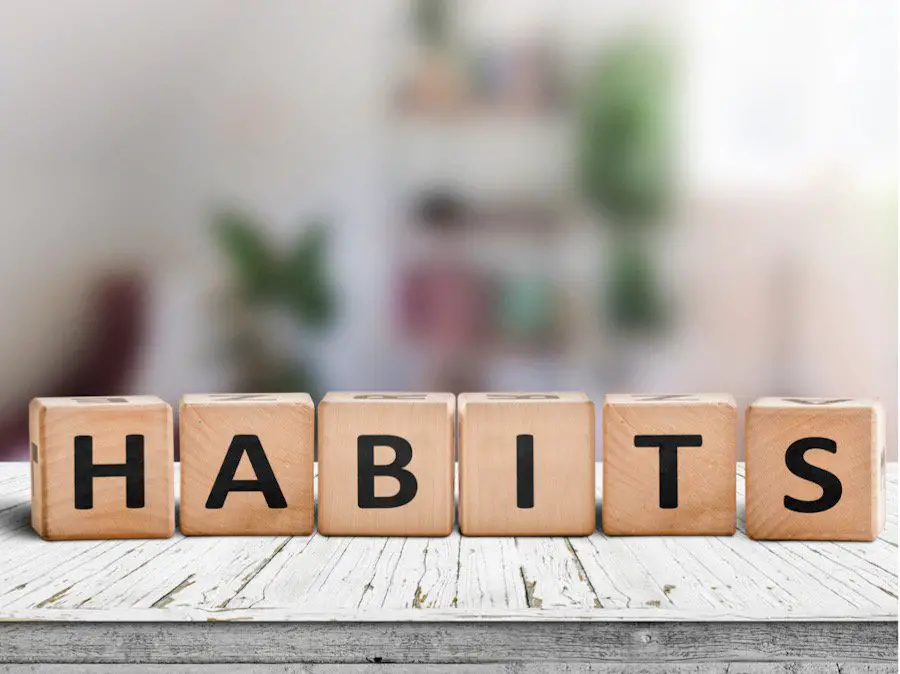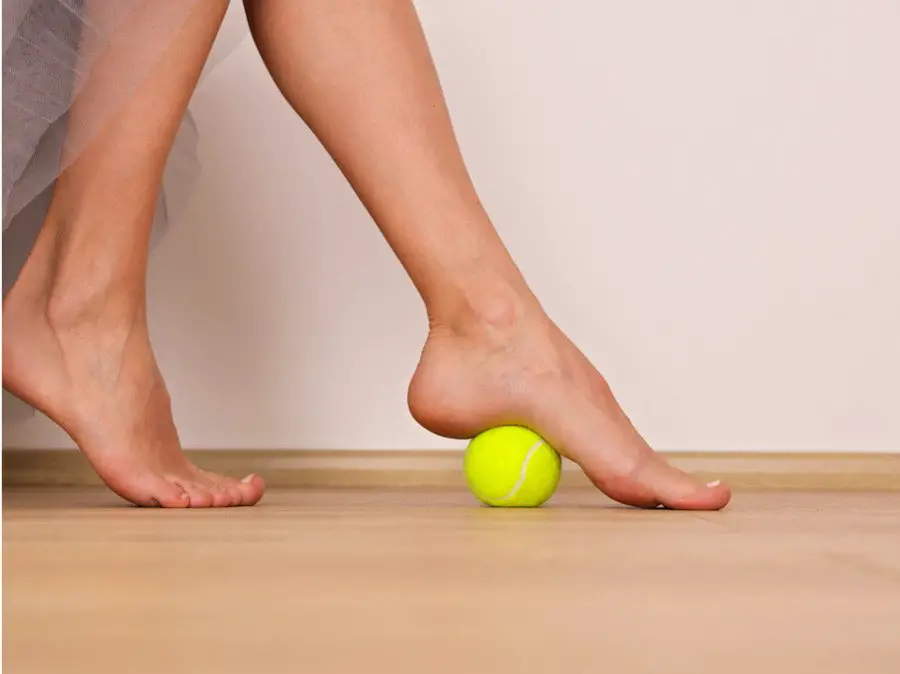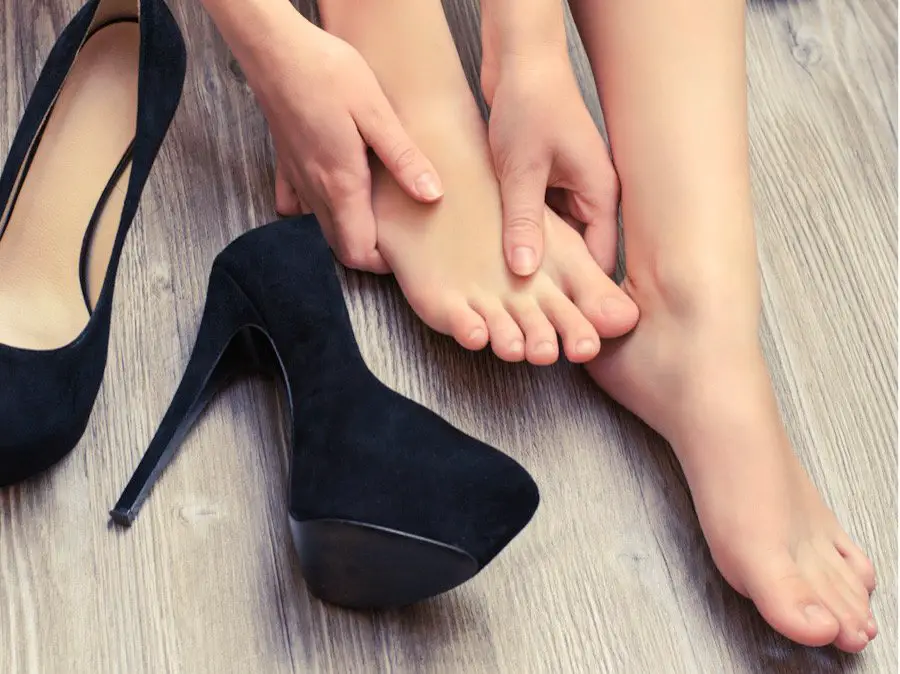No one should live in a state of chronic stress, and yet that’s becoming a common part of society today. This has all of us looking for new ways to end the cycle. One way that many people are finding works for them is to self-massage for stress relief. Could this be the key for you?
A self-massage routine has been proven as a powerful way to lower stress hormones and increase relaxation. While the word massage makes many people assume they don’t have the time, stress relief can be attained with a ten-minute-a-day routine. By taking a brief period to gently massage areas like the hands, neck, or feet, people are able to relax their muscles and calm their minds. The more regular this routine is done, the better the results for stress relief.
Table of Contents
The Importance of Routine For Self Massage Practice
If you’re looking to lower your stress levels, there is one thing that is most important to your results: consistency. Your self-massage routine doesn’t need to take long. There is no need to make this an hour-long session every day. If you can set aside ten minutes, or even five, to make a consistent massage practice, you’ll see better results for stress relief. To make this super clear: you will get better results from five minutes daily than from one hour every few weeks.
This can be counterintuitive for a lot of people. They feel that a massage is something that time must be set aside for, and that can only happen so often. Why not set aside a full hour every few weeks? And, yes, if you can set aside an hour every few weeks, that is a gratifying and wonderful practice! But for a self-massage routine to lower your stress, you need to do this more regularly.
Let’s break into some of the science behind stress, and then we’ll come back around to why this is so true. Don’t worry; the science is easy to understand.
How Stress Builds In Our Bodies

Adrenaline and cortisol are trying to help us out, they’re just a little misguided in our modern lives.
If you were facing down a lion, you would want your body to be pumped with adrenaline. It would help a lot to get you moving and doing what you need to do to survive.
When you’re facing down a lion, adrenaline kicks in and raises your heart rate. Your blood pressure goes up. You’re going to have more energy. Cortisol, often called the stress hormone, will join in and increase your level of focus. It’s going to increase the sugar in your bloodstream. Anything not considered essential for surviving this moment will be suppressed, like your digestive system. You’re in the game and going to have everything you need to survive this moment.
The problem we are facing today is that many of us are suffering from chronic stress. While adrenal and cortisol may be helpful in the occasional high-pressure situation, many of us are living with these stressors in our bodies far too often.
We aren’t built to be running high on adrenaline and cortisol all the time. It can lead to health problems, particularly with the heart and stomach.
To deal with the effects of chronic stress, we need tools for stress relief that will lower our cortisol levels. Even better, we need practices that raise our serotonin and oxytocin levels.
Studies have found that massage decreases cortisol levels and increases oxytocin.
With a regular self massage routine, you are rebalancing your body’s biochemistry.
How Self-Massage Changes the Body
We’ve covered how stress adds adrenaline and cortisol, and how damaging that can be over the long term. We’ve touched on the fact that massage can increase your oxytocin and serotonin levels. Let’s touch on that a bit more.

Neurobiology got a lot more exciting when we discovered more about oxytocin. This hormone is released through moving our bodies, getting in warm cozy spaces, and through touch. Touch is one of the most powerful ways we can experience oxytocin. As you practice self-massage, you may notice that your body feels more relaxed. At the same time, it’s not uncommon to notice that you emotionally feel a better sense of well-being. That’s oxytocin showing up for you.
As you’re practicing your self-massage, you’re triggering oxytocin. Your serotonin levels are increasing. On top of this, you’re also sending signals along the nerve pathways to your brain, which affect the parasympathetic nervous system. What this means for you is that your brain starts getting “calm down” messages and sending those out to the body. This is what’s happening as your heart rate slows down, your blood pressure lowers, and you start to relax.
The Benefits of Self Massage for Stress Relief
We’ve talked a bit about how chronic stress affects the body and then how self-massage counteracts that. As your biochemistry shifts, what are some of the benefits that happen?
So far, we know that self-massage can help reduce stress, lower anxiety levels, and help treat mild to moderate depression. We also know that self-massage can give people more energy, elevate their general moods, and help them relax.
It can also help you sleep better. High cortisol levels can keep you awake at night, but lowering them can help you get to sleep and stay that way. Because self-massage also helps relieve muscle tension, better sleep is a common result. If you are interested in improving your sleep beyond self-massage, check out my complete guide here.
Why A Regular Self Massage Routine Is So Important
Now that we’ve covered the benefits of self-massage for stress relief let’s come back to why making this a routine gets better results for stress relief.

Chronic stress builds in the body. High cortisol levels wreak havoc over time. If you take a good amount of time to manage your stress once a month, you’ll feel better right afterward, but it will have a short shelf life.
With only five to ten minutes of stress relief, but done daily, you’ll regularly lower your stress levels so they don’t have time to build up as much in your body.
In the best of all worlds, you’ll have the opportunity for a regular self-massage routine and add in longer massages occasionally as special treats. However, you should be clear that a regular routine will give you better results than just doing this occasionally.
Be Patient Because This Takes Practice
We’re about to break into some practical tips for how to self massage for stress relief. But before we do, one important note: be patient with yourself! It’s easy to feel like there are right ways and wrong ways to self-massage. If you feel like you’re doing it wrong, you may not want to do it at all.
Don’t let this thinking take hold.
Keep at it, and with time you’ll learn more about your own body. You’ll discover where some of your trigger points are and know that you tend to have knotted muscles in your shoulders, and you’ll learn what helps you most to take care of that. You’ll learn that five minutes in the evening is more enjoyable for you than ten minutes in the morning.
You’re making something a new part of your regular life. It may take you a minute to learn how this works best for you, and that’s okay. It’s worth taking the time to learn new things and add more joy and less stress to your daily routine.
Self-Massage With a Tennis Ball For Muscle Tension
Let’s start right off with a technique you may not be familiar with. If you need relief for muscle tension, this may be a strategy you need in your self-massage toolbox.
All you’re going to do is use a tennis ball to massage your body. At its most basic, you can roll the tennis ball around your muscles. Apply gentle pressure. When you find a spot that gives you pain, pay attention to that area for a little while.
You want to move the tennis ball at a slow and steady pace. Don’t rush, but don’t spend too long in one position either. You don’t want to hold the tennis ball in one spot for more than five seconds. When you put pressure on an area for more than five seconds, it can cut off blood flow and slow your muscles’ healing process. You also don’t want to spend more than ten minutes on any particular area. If it’s not letting up, let it go for now and try again after twenty-four hours.
Here is a short video on YouTube that gives you a visual of four different ways to use this technique. In this video, they focus on using this technique after a workout, but you can use it any time.
Foot Massage For Stress Relief

One way to go about massaging your feet is to use a tennis ball.
Place the tennis ball on the floor and then gently move your foot vertically and then from side to side. The ball can take care of most of the work for you.
Another strategy is to massage your feet with your thumbs moving in slow circles. Because most of us suffer from dry skin on the feet anyway, this is often best enjoyed with massage oil, cream, or lotion. If that’s part of your self-massage plan, you may want to get an old towel that you don’t care about getting stained and some thick fuzzy socks.
Sit in a chair and put the towel on the floor. Cross one ankle over your knee and massage the raised foot. In one even stroke, brush the massage oil or lotion over the foot. Start near the heel and work your way up with both of your thumbs moving in small circles. Start with smaller circles and more gentle pressure, allowing your circles to become bigger and deeper as you go. Once you get to the end of your toes, you can work your way back down the foot and over the heel up to the back of your ankle.
When you’re done, the thick fuzzy socks will help absorb any excess massage oil and lotion and keep you from getting that over your floors.
Bonus Tip For Foot Massages
If your feet are particularly sore, you may want to soak your feet before your massage. Taking an extra ten minutes for a nice Epsom salt soak and then massaging oil or lotion into your feet is a great way to relax, reduce stress, and work out any pain your feet have been experiencing lately.
Enjoy a Hand Massage Any Time of Day
Do you want your self-massage routine to take place during your lunch break? Then let’s look at hand massages and possibly neck massages as good options for midday breaks. These are also good options at any other time of day, so if you’re a morning or evening person, this works, too.
Many people today work with their hands all day. Those who are typing often don’t think about how hard their hands are working for several hours. They’re neglected, and yet they have 17,000 nerve endings and touch receptors. This is an area where a little extra touch can go a long way.
Like with your feet, try making small circles with your thumbs. This time, start in the center of your palm and widen your circle until it’s the size of your whole palm. Then, make small circles up each of your fingers, pausing briefly around the joints.
A Self Massage For Your Neck

Many of us suffer from neck pain today, but even if you don’t, a neck massage is a great strategy for stress relief. Your neck houses your vagus nerve. It sends oxytocin right up to your brain when you spend quality time massaging this area.
You’ll find your vagus nerve at the place where the back of your neck meets your skull.
Place your hands behind your head with your palms facing forward. Your fingers will be up in your hair with your thumbs positioned right at the base of your skull. Start here, moving your thumbs in small gentle circles.
It may be tempting to start pressing hard immediately, but this is often overwhelming for your muscles. Remember to start gently.
Widen your circles and then move your way down your neck, with your thumbs following along both sides of your spine. Reach the base of the neck, move a little out into the shoulders, and then retrace your way back up your neck to the base of your skull.
A Scalp Massage
This may be a good idea at the beginning of your day before you get ready or at the very end, as you will well up your hair while you’re doing this. If you suffer from tension headaches, this is definitely something you will want to try. Scalp massages have been shown to reduce their intensity and frequency.
All you need to do for a great scalp massage is start at the temple and gently move all of your fingers slowly backward, making small circles as you work your way over your head and to the base of your skull. Two minutes doing this can provide a lot of stress relief.
Tips For Massaging Your Legs
This is a great way to improve your circulation and relaxation. You’re going to want to start at the top and work your way down the legs.
Unlike with other areas we’ve covered, you’re going to want to use the base of your hands as you start at your hips. You can make longer strokes here, in addition to trying small circles as you work your hips and thighs. In this area, you can choose to either work both legs at the same time, one with each hand, or work one leg at a time with both hands massaging each side of the leg.
When you reach the knees, it’s better to use both hands on one leg at a time. A little more pressure may feel better on your calf muscles as you gradually work your way down the leg.
Additional Tips To Try During Your Self Massage Routine

Try deep breathing exercises while you self-massage. Deep breathing is another way to help your muscles and mind relax. Be conscious about the breath coming in, traveling down to your belly, and slowly releasing each exhale.
Add an aromatherapy practice to your self-massage routine. You can do this by using massage oils blended with essential oils or purchase a diffuser and get the benefits that way. If this sound fun, check out my article ‘Self-Massage with Essential Oils – A Complete Guide.’
Listen to relaxing music while you enjoy your self-massage. Choose songs without lyrics that set a calm tone. You can try movie soundtracks, slow instrumental jazz, classical music, or music in other languages as solid places to start.
Remember That Your Happiness Is An Important Part of Your Routine
Do you love massaging your neck but just hate massaging your feet?
Do you wish you could listen to an audiobook while you practice self massage for stress relief?
Your self-massage routine can be anything you want it to be. These tips are all starting places, not rules for a “right way.” This is a guide for finding ways to explore self-massage and build your own practice in a way that works best for your needs. Keep that in mind as you move forward.
Choose a time of day that works best for you where you’ll remember to start making self-care a habit, choose a technique you’d like to try, and give yourself ten minutes to raise those oxytocin levels and lower your stress. Adjust your routine as works best for your needs.
Enjoy!


